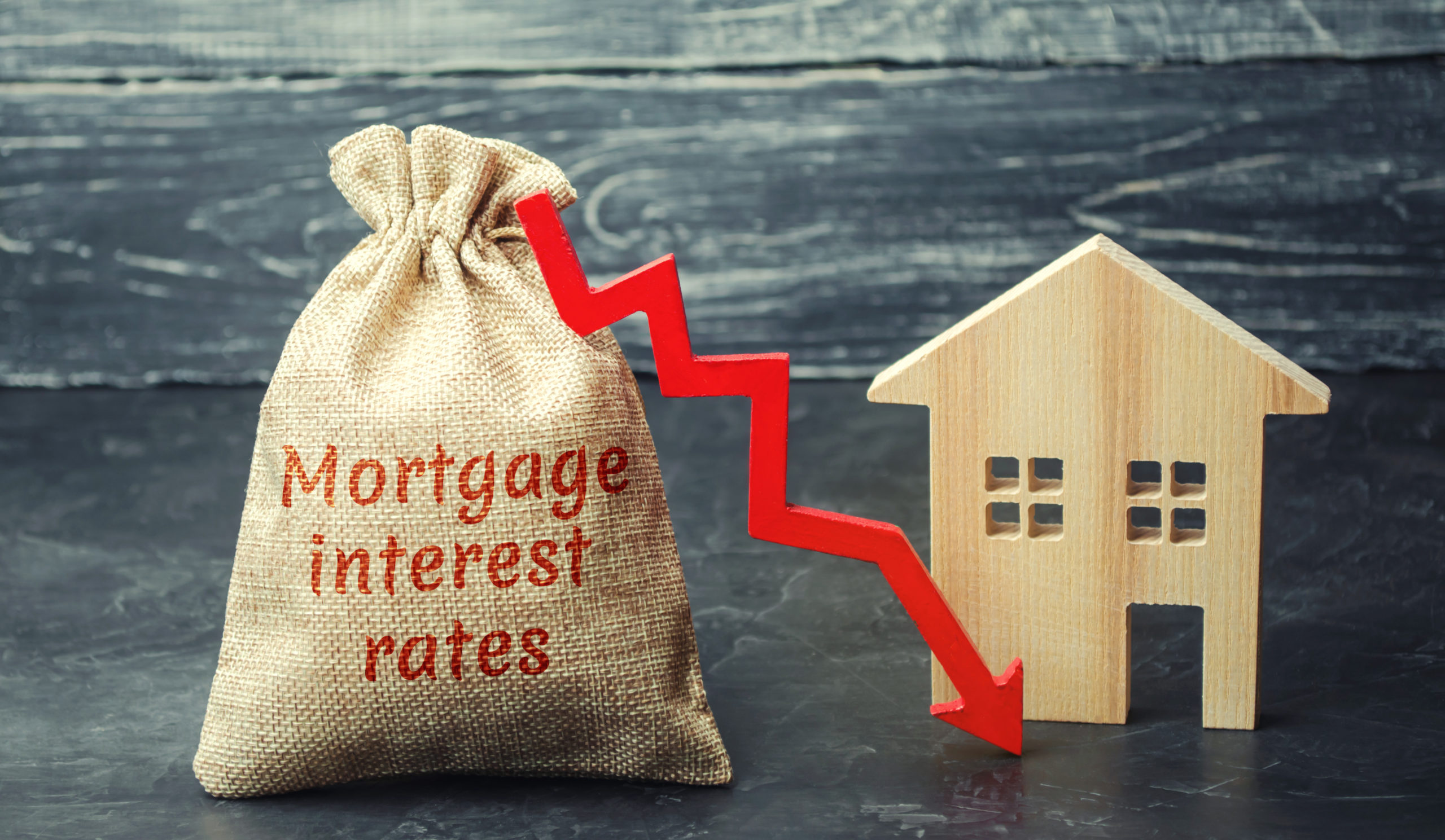More than just a stylish appealing trend, sustainability is sought after in all phases of design from construction methods and materials to wall and floor coverings. As demand for these natural products grows, manufacturers and retailers have begun to offer options made from a variety of earth-friendly materials. Many designers have also stepped up to offer more sustainably sourced products and materials.
Natural Fibers or Grasscloth
Made of real grasses or vines woven together and affixed to paper backings, they lend an organic aura to any room. Because they are made from dried plant material they can be rather fragile and make installation a bit rough for an amateur. While it’s a great sustainable choice, it is best left to a professional installer.
Bamboo
Bamboo may resemble wood in many ways, but did you know it is a grass? That means it regenerates much faster than timber, which can take decades. Allowing younger shoots to receive more light by harvesting the taller and thicker shoots improves its growing conditions. This makes bamboo an amazing eco-friendly option. Bamboo reeds are applied to a paper backing with an adhesive to turn it into a simple wallcovering. There will be subtle variation in color and texture that easily blends with other décor.
Cork
Cork products are made from trees that are never cut down — what’s harvested instead is the outer bark. The bark grows back, without harming the tree. This makes cork a great renewable alternative. Known for its resistance to mold and mildew, cork is a hypoallergenic option for homes and businesses alike. A plus for those who are looking for temperature or sound control, cork also has natural insulating properties. For matching with other décor, from a designer’s perspective cork wallcoverings exude modern warmth similarly to wood.
Wood Veneer
To achieve the look of real wood walls, an eco-friendlier route is wood veneer. To produce flat panels, a veneer is basically thin slices of wood, usually thinner than 1/8 inch. These slices are glued onto core panels, typically wood, particle board, or medium-density fiberboard. Because less is used, veneer reduces the amount of wood harvested. This makes it more sustainable and more affordable than solid hardwoods.
Recycled Paper Tiles
Using 100% post-consumer paper collected from local businesses, Creative studio Dear Human creates hexagonal wall tiles. These tiles are lightweight, strong, easy to install, and have excellent sound absorbing qualities, can be printed on or painted like paper.
Green Living Walls
Going extreme green is having a wall that is the greenery itself. Living walls are simply vertical gardens that allow live plants to grow within structures mounted upright into exterior or interior walls. Living wall systems are evolving rapidly. A professional wallcovering installer can help define the options that best fit one’s budget and space.
Recycled Leather
By using industrial scraps and byproducts of other manufacturing, another greener way to use this remarkably durable material is to recycle it. Since the leather is being manufactured, the scraps can be put to use. Durable, versatile floor tiles and wallcoverings are made out of a recycled leather composite. The scraps, collected from discarded remnants from upholstery for leather goods, are ground into shreds and mixed with water, natural rubber, and acacia bark. The process is done with a closed loop system to conserve water, and the finished product is eligible for LEED (Leadership in Energy and Environmental Design, the most widely utilized green building rating system in the world).
Wallpaper
Handmade paper, parchment, and rice paper are available in every pattern and color imaginable. Newer, greener options tout water-based inks without formaldehyde, heavy metals, PVC, or vinyl backing.
Conclusion
There are several ways and reasons to go about adopting a greener, sustainable lifestyle that aren’t limited to conservation and recycling household resources. When considering wall coverings, these renewable options exist that not only look and feel good but are better for your home and the environment.




